Building a deck is one of the best ways to extend your outdoor living space — but choosing the right material can make or break the experience. At Eco Outdoor Solutions, we’ve installed both timber and composite decks across Wellington, and here’s what homeowners need to know before they commit.
1. Aesthetic Appeal
Timber: Natural wood has a timeless, warm aesthetic that blends beautifully with New Zealand’s native landscapes. Common options include pine, kwila, and vitex.
Composite: Made from a blend of recycled plastic and wood fibres, composite decking comes in a variety of colours and textures — designed to mimic timber but without the grain variability.
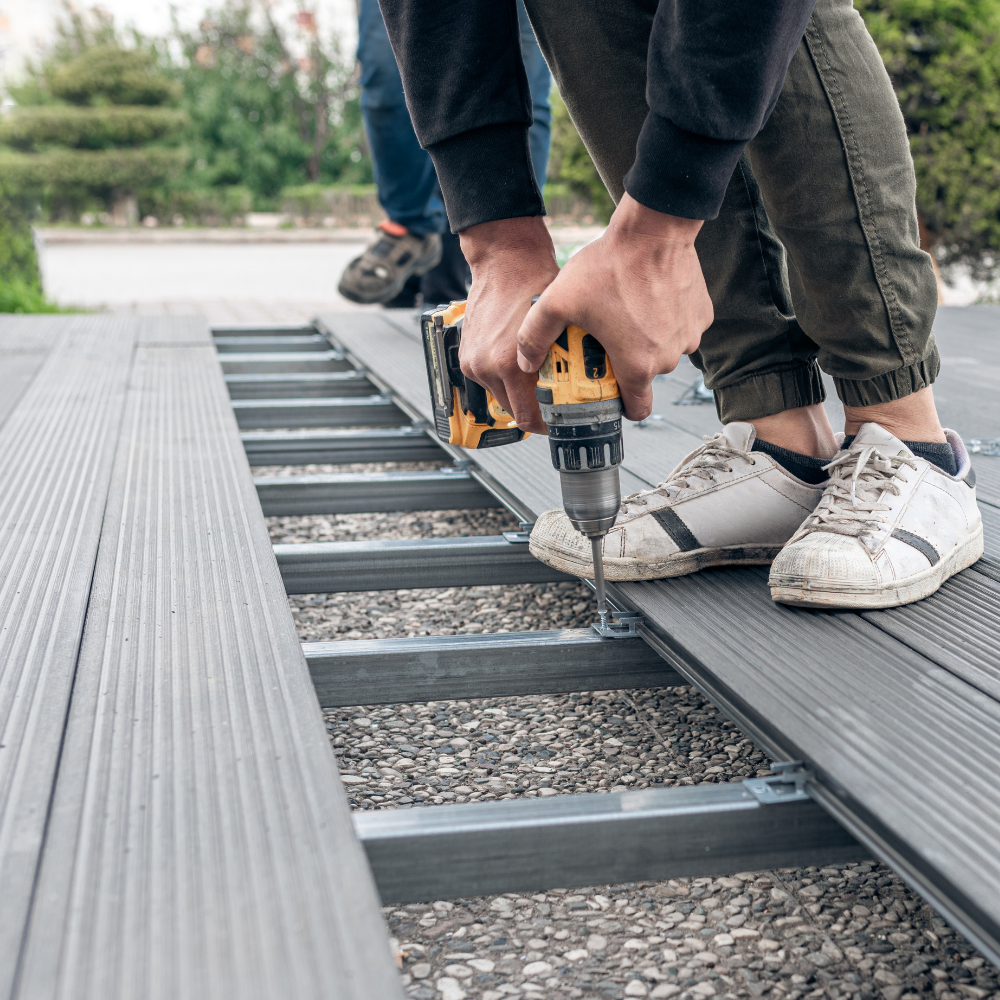
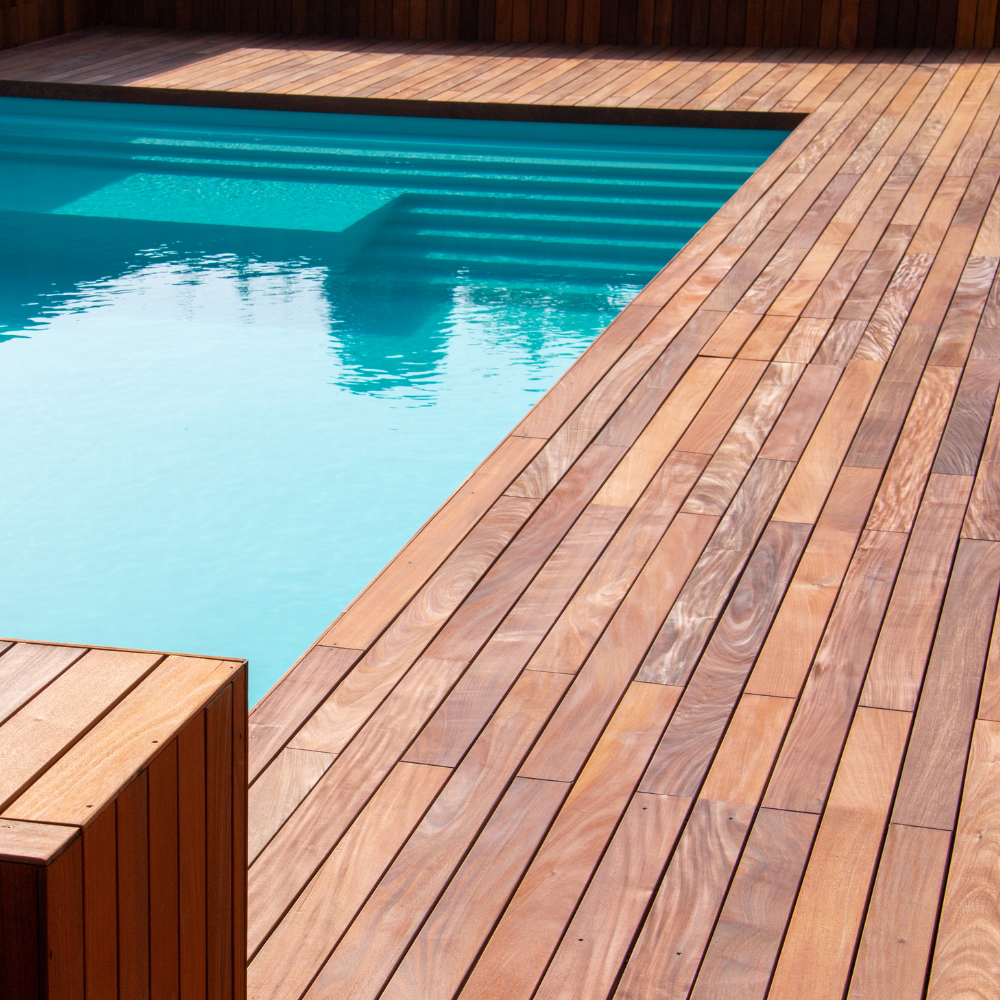
2. Heat & Slip Resistance
Some decking materials can get hot underfoot or become slippery when wet — especially important around pools or in high-sun areas.
Timber: Lighter-coloured woods reflect heat better, but some hardwoods can retain more warmth. Timber can be slippery when wet, though grip can be improved with finishes or anti-slip coatings.
Composite: Some composite boards can heat up faster than timber, especially darker shades. However, many modern boards are manufactured with anti-slip finishes.
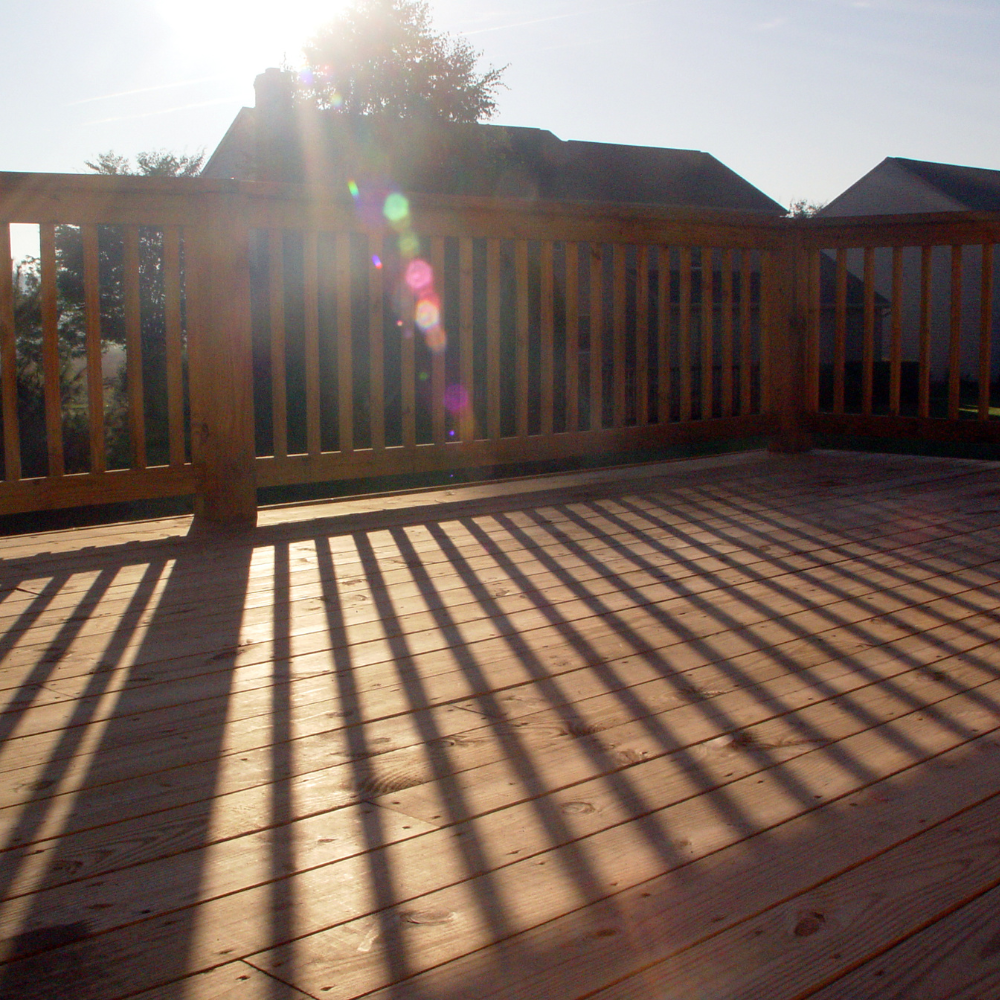
3. Maintenance Requirements
Timber: Requires annual staining or oiling to maintain its look and prevent moisture damage. Without upkeep, timber decks can warp, splinter, or fade.
Composite: Low maintenance. No staining, sealing, or sanding required. A regular hose down or soapy water clean is usually all it takes.
If you’d rather spend weekends enjoying your deck instead of maintaining it, check out our approach to decking installation and materials to see what’s involved.
4. Durability & Lifespan
Timber: With proper care, timber decking can last 15–20 years. However, it’s susceptible to weathering, insect damage, and mould growth.
Composite: Often lasts 25+ years. It’s moisture-resistant, won’t splinter, and is ideal for high-traffic or poolside areas.
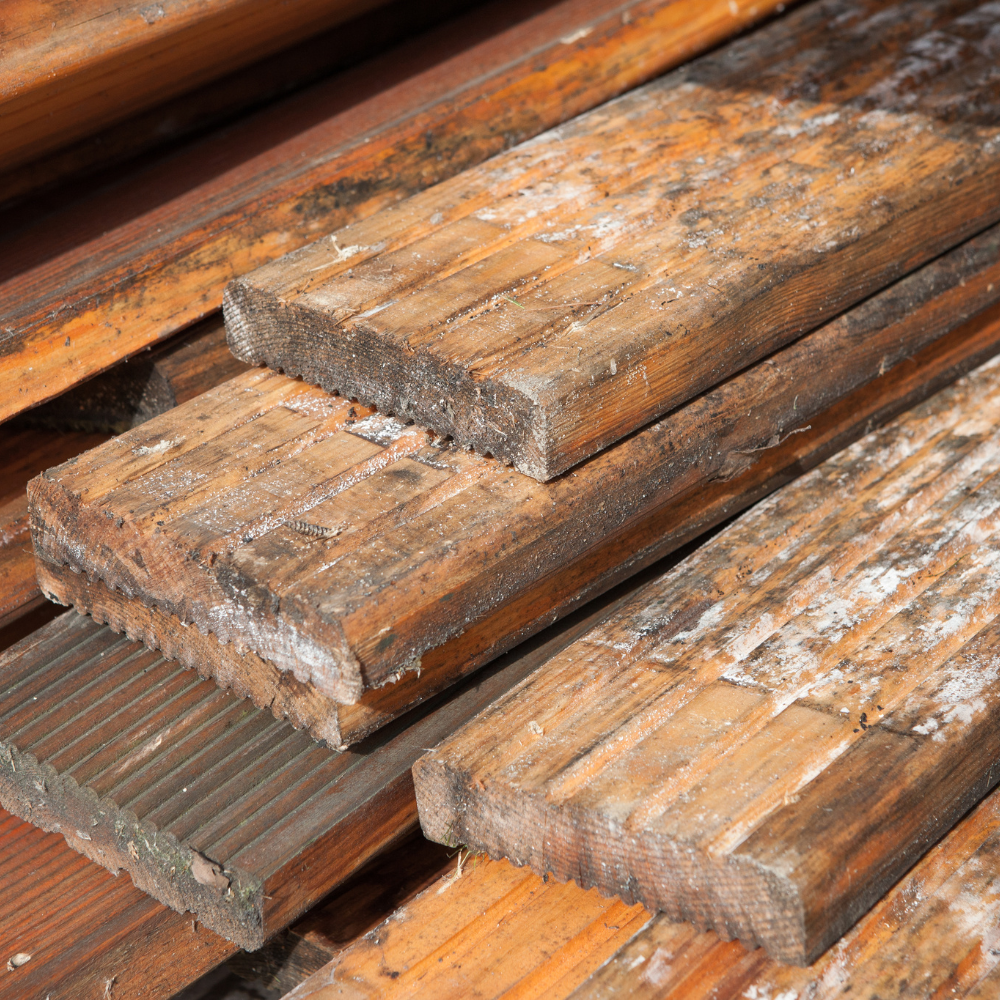
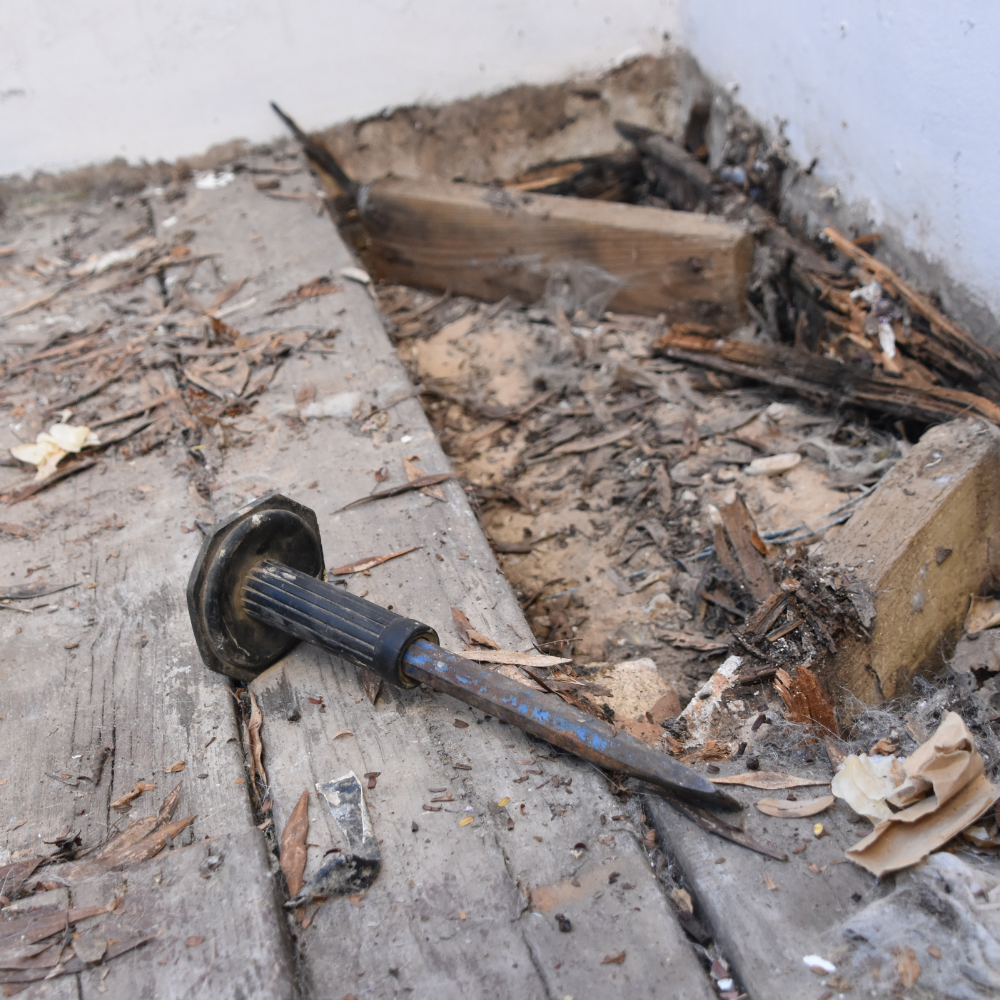
5. Cost Comparison
Timber: Lower upfront cost, especially with pine. However, ongoing maintenance adds up over time.
Composite: Higher initial investment, but lower long-term cost due to reduced maintenance.
Want help pricing your options? Request a custom quote and we’ll break it down for you.
Hidden Fixings & Installation Considerations
Installation methods vary between timber and composite boards — and that can impact both the cost and final look.
Timber: Often screwed in from the top. Visible fixings are common but can be countersunk for a flush look.
Composite: Usually uses hidden clip systems for a cleaner finish. This can take a bit more time and skill, potentially increasing labour costs — but gives a premium result.
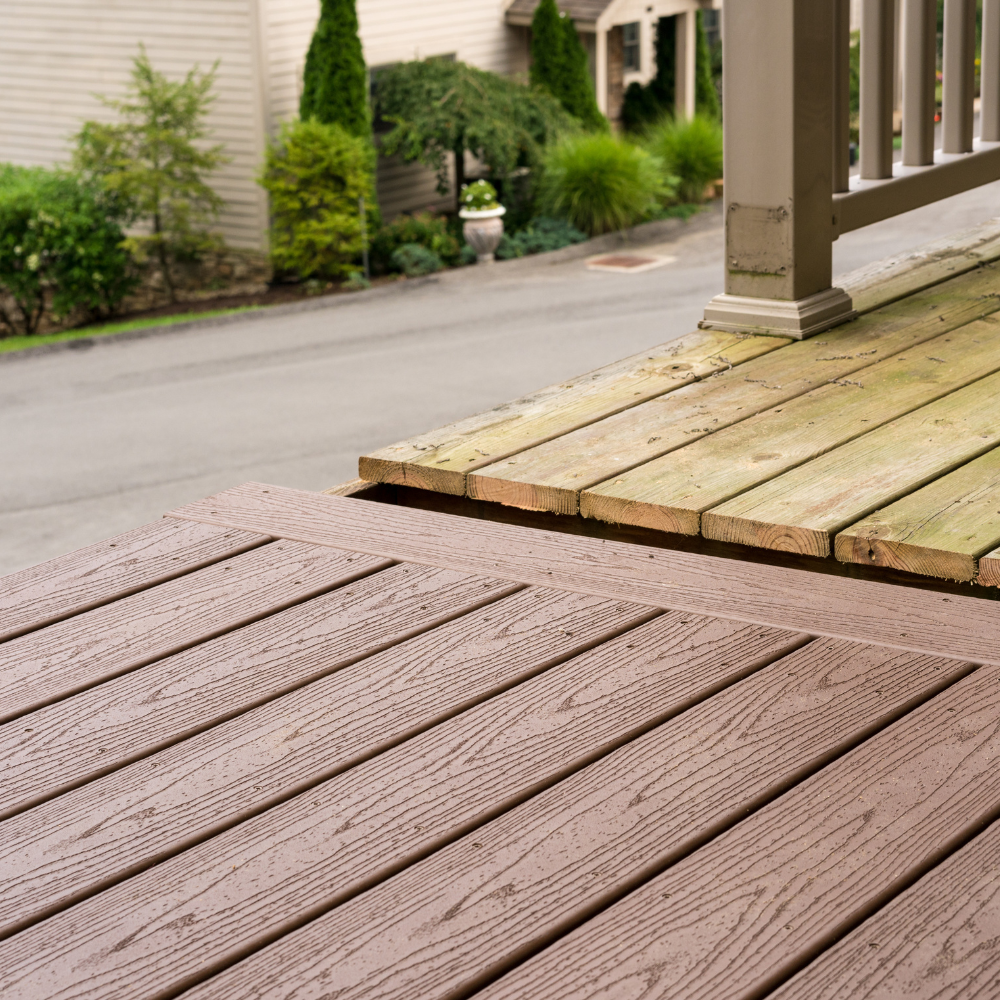
6. Environmental Impact
Timber: Can be sustainably sourced, especially when using FSC-certified wood. However, treatment chemicals can impact soil and runoff.
Composite: Uses recycled materials and reduces deforestation, but may have a higher manufacturing footprint depending on the brand.
Comparing Lifecycle Impact
It’s also worth considering what happens at the end of your deck’s life.
- Timber can often be reused or recycled (if untreated) or used as firewood, though treated wood needs special disposal.
- Composite boards can be harder to recycle but often have a longer usable lifespan — reducing replacement cycles.
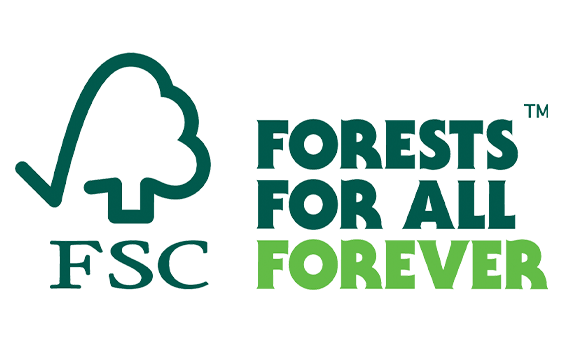
7. Installation Time & Project Disruption
Timeframes and convenience can be a big factor when choosing your deck material.
Timber: Generally faster to install, and materials are readily available throughout NZ. Traditional fixing methods are familiar to most contractors.
Composite: May take longer due to hidden clip systems and specific installation methods. However, the cleaner finish and reduced post-build maintenance often outweigh the extra effort.
At Eco Outdoor Solutions, we schedule our projects to minimise disruption. Most decks are completed within a week, depending on size and complexity.
8. Which is Safer for Families & Pets?
Safety is key if your deck will be a hangout spot for kids or pets.
Timber: Can splinter over time and may loosen nails or screws if not maintained. Some treated timbers contain chemicals, so always choose safe, outdoor-rated products.
Composite: No splinters, smoother edges, and anti-slip options make it a great choice for family spaces. Some brands even come with certified safety ratings.

9. Council Consent & Building Regulations in NZ
Before starting a decking project, it’s important to understand local compliance requirements.
In New Zealand, you typically need building consent if:
- Your deck is higher than 1.5 metres from the ground
- It’s attached to a dwelling and could affect weather tightness
- It includes stairs or balustrades
Even lower decks must meet NZ Building Code standards, particularly for structural integrity and drainage.
We’re experienced in working within Wellington’s council requirements and can help guide you through the process or handle it on your behalf.
10. At-a-Glance Comparison Table
| Feature | Timber | Composite |
|---|---|---|
| Look & Feel | Natural, warm | Sleek, consistent |
| Maintenance | High (staining/oiling) | Low (wash only) |
| Lifespan | 15–20 years | 25+ years |
| Slip Resistance | Varies | Often textured for grip |
| Eco Impact | FSC options | Recycled content |
| Upfront Cost | Lower | Higher |
| Long-Term Cost | Higher (maintenance) | Lower |
So, Which Decking Material is Best for You?
So, Which Decking Material is Best for You?
- Choose timber if you love natural aesthetics, don’t mind seasonal maintenance, and want a lower upfront cost.
- Choose composite if you want a long-lasting, low-maintenance deck that still looks sharp years down the track.
At Eco Outdoor Solutions, we’re happy to walk you through both options and help you find the best fit for your space, your lifestyle, and your budget.
Browse our gallery of recent decking projects to get inspired by what’s possible.
Ready to Build Your Deck? Get in touch today and we’ll help you get started — and remember, we plant a native tree for every project completed.

